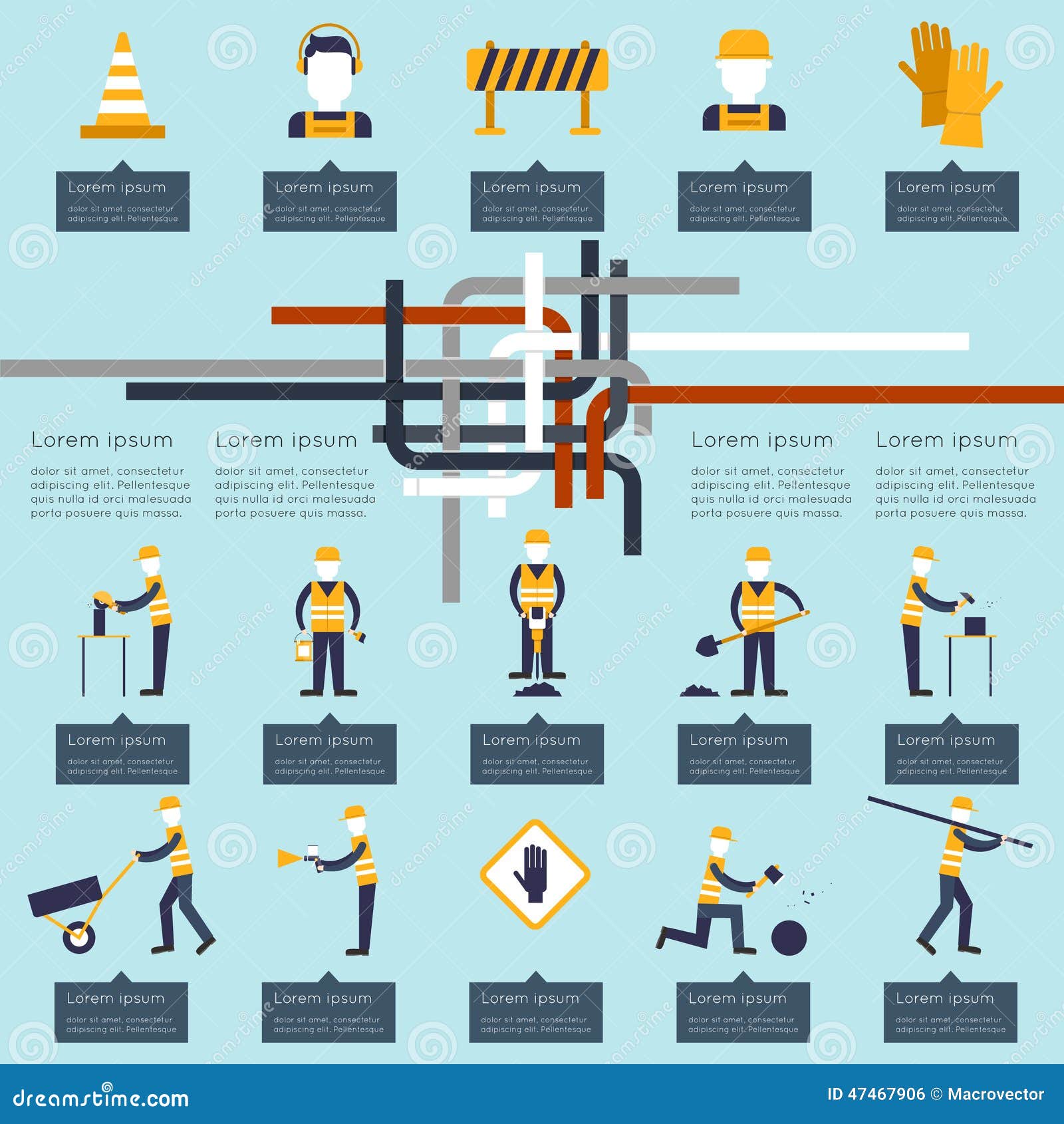Vital Seasonal Aspects Of Commercial Outside Paint: What You Must Understand
Vital Seasonal Aspects Of Commercial Outside Paint: What You Must Understand
Blog Article
Short Article By-Leach Chaney
When you're planning an industrial exterior paint project, seasonal variables can make or damage your results. You'll wish to consider just how temperature and humidity impact paint application and drying times. Selecting the ideal season can guarantee your paint adheres properly and lasts longer. Yet which periods are absolutely the most effective for this type of work? Let's check out the key elements that can influence your task's success.
The Influence of Temperature on Paint Application
When you're planning an industrial exterior painting project, the temperature can dramatically impact how well the paint sticks and dries.
Preferably, you wish to repaint when temperatures range between 50 ° F and 85 ° F. If it's too chilly, the paint might not heal properly, bring about issues like peeling or breaking.
On the other side, if it's also hot, the paint can dry out also rapidly, avoiding appropriate bond and resulting in an irregular finish.
You need to additionally think about the time of day; early morning or late afternoon uses cooler temperature levels, which can be a lot more desirable.
Always inspect the manufacturer's referrals for the specific paint you're making use of, as they frequently offer assistance on the ideal temperature level variety for optimal results.
Humidity and Its Impact on Drying Times
Temperature isn't the only ecological element that influences your commercial external painting task; humidity plays a substantial role also. High humidity levels can decrease drying times significantly, impacting the general top quality of your paint work.
When the air is saturated with dampness, the paint takes longer to treat, which can result in problems like bad bond and a higher danger of mold growth. If you're repainting on a specifically damp day, be planned for prolonged wait times in between coats.
It's essential to monitor regional climate condition and strategy accordingly. Preferably, aim for humidity degrees between 40% and 70% for optimum drying out.
Maintaining these consider mind guarantees your task stays on track and supplies a lasting surface.
Best Seasons for Commercial Exterior Paint Projects
What's the most effective time of year for your commercial outside paint jobs?
look here and early loss are usually your best bets. Throughout these seasons, temperature levels are light, and humidity levels are typically reduced, producing ideal problems for paint application and drying.
Avoid summer season's intense heat, which can create paint to completely dry as well swiftly, leading to bad adhesion and surface. In a similar way, winter months's chilly temperatures can prevent proper drying out and curing, risking the longevity of your paint job.
Aim for days with temperature levels in between 50 ° F and 85 ° F for optimal outcomes. Remember to examine first impressions painting for rainfall, as damp conditions can spoil your project.
Planning around these factors ensures your paint job runs smoothly and lasts longer.
Conclusion
To conclude, planning your commercial outside paint jobs around seasonal factors to consider can make a significant distinction in the outcome. By organizing office painters throughout the ideal temperature levels and humidity levels, you'll guarantee better attachment and drying times. Remember to watch on regional weather prediction and select the right time of year-- spring and very early loss are your best bets. Taking these steps will certainly help you achieve a sturdy and expert coating that lasts.
